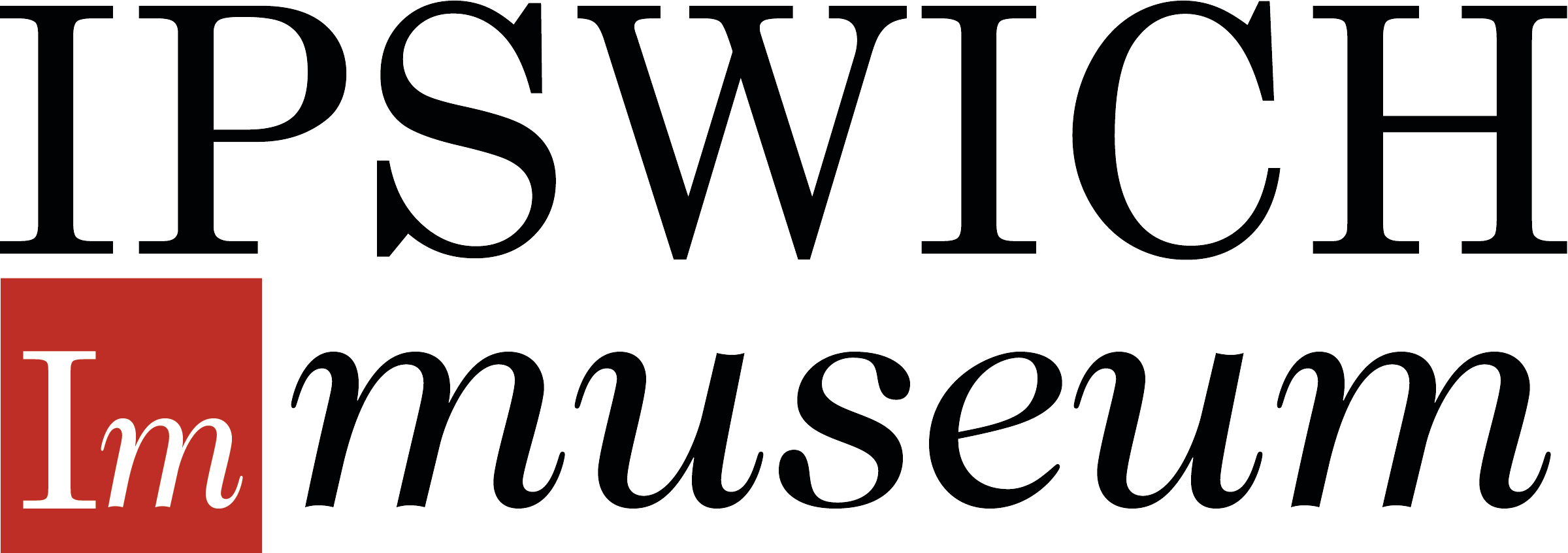
Arthur Wesley Dow and his art / The Dow Collection
The Ipswich Museum owns the largest single collection of works by Arthur Wesley Dow, including oil paintings, watercolors, photographs, ink wash drawings, wood block prints, and plaster casts. Dow (1857–1922) was born in Ipswich and interpreted images of the town throughout his lifetime. Influenced by Japanese art, Dow single-handedly changed the method of teaching art in America by incorporating Japanese techniques with the purity of design inherent in the Arts and Crafts Movement. Dow’s work was widely exhibited during his lifetime, and his reputation as both an artist and educator continues to grow. His landmark book, Composition: A Series of Exercises in Art Structure for the Use of Students and Teachers, published in 1899, is still in print – a testament to his enduring legacy.
By age nineteen Dow recognized his artistic ability as he worked on illustrations for The Antiquarian Papers. After studying art in Worcester and Boston, he set his sights on Europe. In 1884 Dow travelled to Paris where he enrolled at the Academie Julian. While there, Dow produced prize-winning entries into the Salon, and paintings to exhibit and sell on return visits to the United States. The 1890s were years of active change for Dow. In 1891 he founded the Ipswich Summer School of Art, which for fifteen years enrolled up to 200 students annually. He married Minnie Pearson in 1893. She had been, and would continue to be, his confidante and advisor throughout their life together; she played an active role in Dow’s printmaking and taught at the Ipswich Summer School. At the same time, Dow became disenchanted with the academic style. He found inspiration in a book of Japanese prints at the Boston Public Library. He remarked “One evening with Hokusai gave me more light on composition and decorative effect than years of study of pictures.” The publication of his book Composition in 1899 and other academic papers solidified his pivotal role in American art theory and education. After a few years as Assistant Curator of Japanese Art at the Museum of Fine Arts, he taught at the Pratt Institute in Brooklyn. From 1904 until his death he was the Director of the Fine Arts Department at the Teachers’ College at Columbia University in New York City.
Dow’s early style of painting reflected his Boston and Parisian academic training. Most early painting is tonal in character, but even then his interest in design, color, and harmony is evident. Dow’s fascination with light, especially twilight, remained a constant throughout his life. He traveled extensively, but returned regularly to the thriving art colony in Ipswich.
